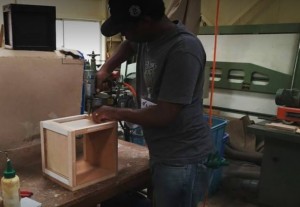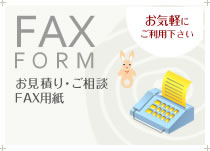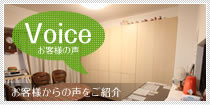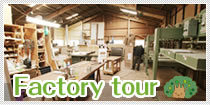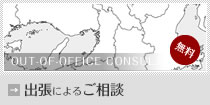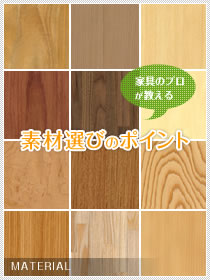What I learn from Japanese Furniture business
The issue of Business Networking is very important in today business World. Through business networking, one business from other side of the world can get to know other business taking place on the other side of the world.
Since I came to Japan, I have visited a number of factory in Japan. whereby some of them are Furniture companies and others are not furniture companies, but are utilizing Kaizen and 5S which is one of my major university study in my research titled “Engineering manufacturing processes using “Kaizen and 5S2” Japanese philosophy. Jica has been organizing a number of business networking events so that African Business people like me can meet as many companies as possible, in Japan and see how we can share our experiences and business opportunities. Not only I got business networking from Jica events but also various company tours by organized by Jica, University, myself and even through Internship company like Kashiwa Woodworks Co.,.
During my first internship at Kashiwa Woodworks Co., I got an opportunity to visit other companies for furniture making, furniture showrooms and also shops that sell furniture and furniture making machines in Takayama and Nagoya, where by my company managed to buy different machines of more than 4 Million yen from one of the companies in Nagoya and ship them to Tanzania, also buying Trucks and other tools from different companies, some from the introduction done by Kashiwa Woodworks Co., especially for the furniture making machines, that Kashiwa Woodworks Company played a great role to connect me with that Company, and other connections are from Business networking events e.t.c.
During my current final internship with Yagi Woodworks Co., I also got an opportunity to visit a number of Furniture showrooms in Osaka and learn a lot of things from them about Japanese furniture business. From most of the showrooms I visited, I managed to see in detail, take photos and ask questions about their furniture and designs, and I have learn a number of things from my visits, and these mentioned below are some of them.
Design
From my visit I managed to see different designs and most of them amazed me. To be honest, most of the furniture designs are not yet available in Tanzanian market but mos of them can be made using our current machines. They are so unique and are designed with an amazing creativity by talented Japanese designers. The good thing is that; they are not necessarily be complicated designs, but they focus on usability and making the customer (user) impressed to buy.
Display
Japanese showrooms are arranged in a very creative manner. All Furniture are visible well with enough of lights in the showroom. The soft music to make customer’s mind relaxed and comfortable when he or she is looking for furniture to buy, impressed me. The showroom attendants where on uniforms and they were so welcoming and try their best to answer in details every question I ask them. The furniture were arranged in a proper arrangements and some of them were organised together with the lights, carpets or wall color that they match best, and they do this in order to assist the customer to decide which one will be best for him or her.
Each showroom was branded itself with the unique look of the products, showroom staff uniforms, showroom interior and exterior design, furniture unique look that can tell the uniqueness of the company and also even the music played in the showroom is special for that shop.
Specialty
Most companies in Japan, not only for furniture but also for cars, machines etc, tends to specialize in one type of product only. In the showrooms I visited I saw specialization as well. Some of the showrooms has furniture made by certain type of wood only, some of them only make chairs, some only tables etc. In Africa we do not specialize that much, when we make wood products we try our best to make everything; tables, chairs, sofas, cabinets, beds etc; using various types of wood as long as is suitable for that product, all done under one roof. We try to capture as much market as possible.
Market Segmentation
The issue of market segmentation somehow looks the same as specialty. Market segmentation is the process of defining and subdividing a large homogenous market into clearly identifiable segments having similar needs, wants, or demand characteristics. Its objective is to design a marketing mix that precisely matches the expectations of customers in the targeted segment. Few companies are big enough to supply the needs of an entire market;(like Kashiwa Woodworks Co.,) but most must breakdown the total demand into segments and choose those that the company is best equipped to handle. Market segmentation encourage specialization in most cases.
Customer care
One of the things that I saw almost in every shop I visited, that I would like to implement it back home is customer care. The staff are fully aware of their products and are ready to give at least basic information to a customer.
Marketing
Marketing is another important business issue that I learnt from my visits. Almost all the shops I visited had some important marketing tools such as Website, Business cards, Brochures and Catalogs. All the tools has the information necessary for a customer, things like shop details and address. For Catalogs and Brochures; includes products photos with other product details.
Quality
From my visits I realize that, there are a lot of things to be learnt from Japan’s complete business flow, from manufacturing to presenting the final product to a customer with high quality service and the quality of the product itself. For instance at Yagi Woodworks Co., the furniture start to be designed by a Computer Aided Design (CAD) software. The furniture blueprint is printed out with the full accurate measurements of every part and what material should be used in every part of the furniture. Most of the times these blueprints are designed by a separate company special for designing furniture using CAD software. Then the blueprint is used by furniture making expert who starts preparing each part accurately with checking for accuracy throughout the process, in order to make sure that the final product become exactly like the one on the blueprint.















